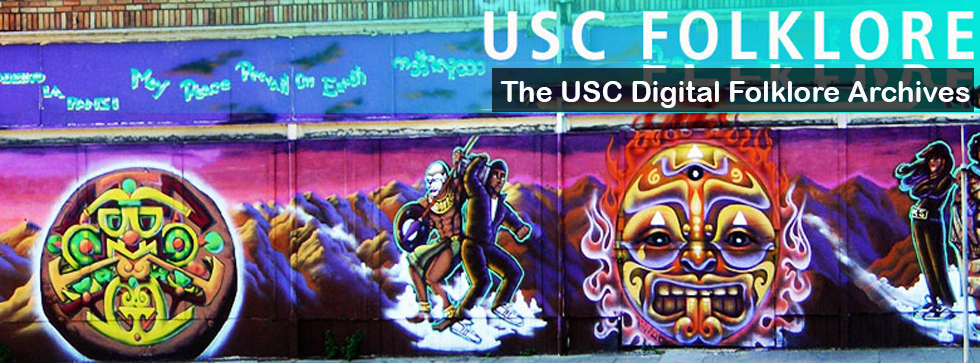Text:
There are many, many stories about Buddha and many variations on each story. My mother told me one such story about his death – by poison.
In Burmese culture, Buddhist monks do not have possessions or any source of income. They are meant to be separate from society and free of worldly attachments. However, this means that if they want to eat they must often beg for offerings from Buddhist civilians. They travel around the streets with a special offering bowl and eat whatever people put in it. They must eat everything to show their thanks and to avoid waste or greed. Buddha himself also abided by this rule, and on one particular day was offered a meal of rice, cakes, and mushrooms (or some other sort of vegetable). Buddha had some inhuman powers because of his enlightenment, and was able to immediately tell that the mushrooms were poisonous. Buddha ate the entire meal anyways because he had to as an enlightened being. He died, but it is not seen as a tragic event. Buddha knew he was ready to die and willingly accepted the poison.
Context:
My mother learned a great deal of Buddha stories from her grandmother. This was the primary way she was instructed to live her life, and the primary way in which she was taught Buddhism. My mother no longer practices Buddhism to the same extent that she did when she was younger, but she did teach my sister and I how to properly pray and how to be good people (based on Buddha’s teachings). My mother related this story to the monks that we used to see at Burmese temple – we would always donate food to them when we visited.
Analysis:
I believe this story has more close ties to Burmese culture than some other Buddha stories. It incorporates an element of Burmese culture that might be uncommon in other cultures. I think it also helps Buddhists accept death when it finds them, whether it is of old age or of something more sudden. It also might help them forgive people who make mistakes or who have malicious intentions. It carries the message that if one is prepared to die, death is not a tragedy. Furthermore, it is more important to live an enlightened life than it is to live a long life.
